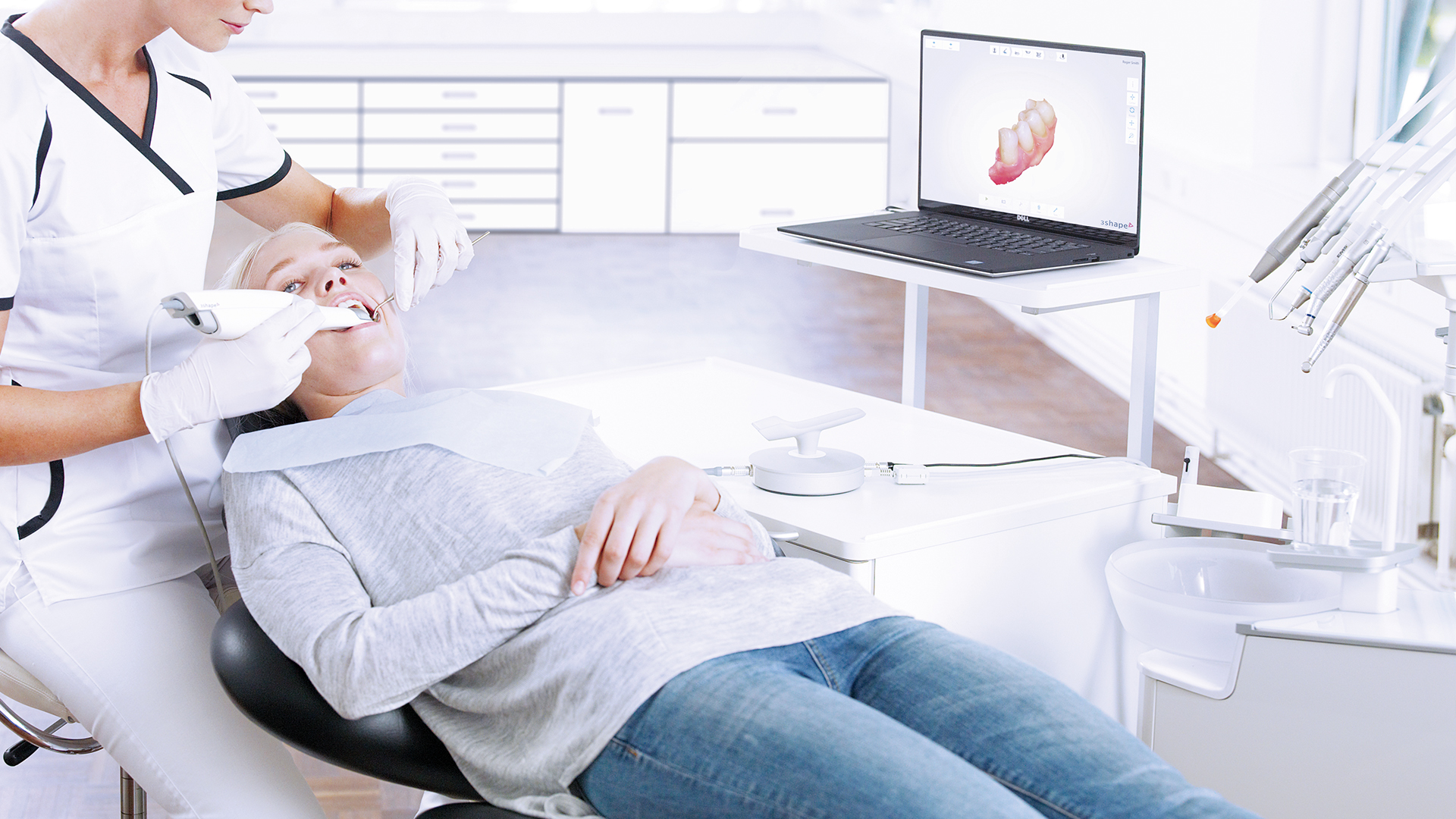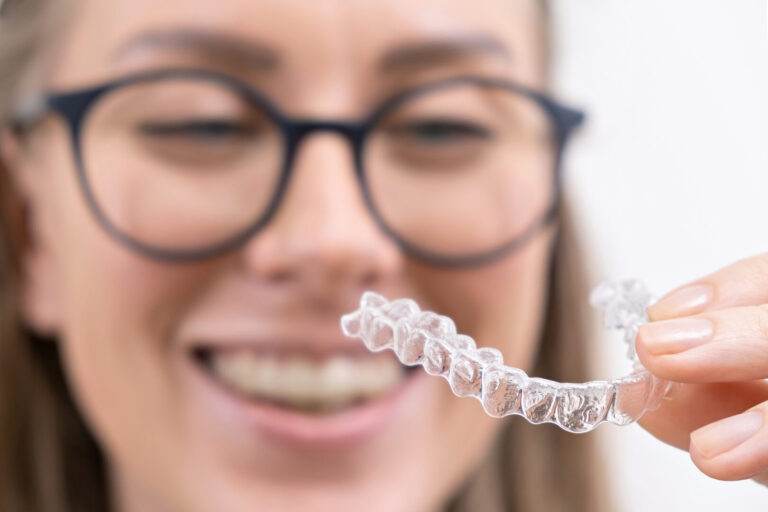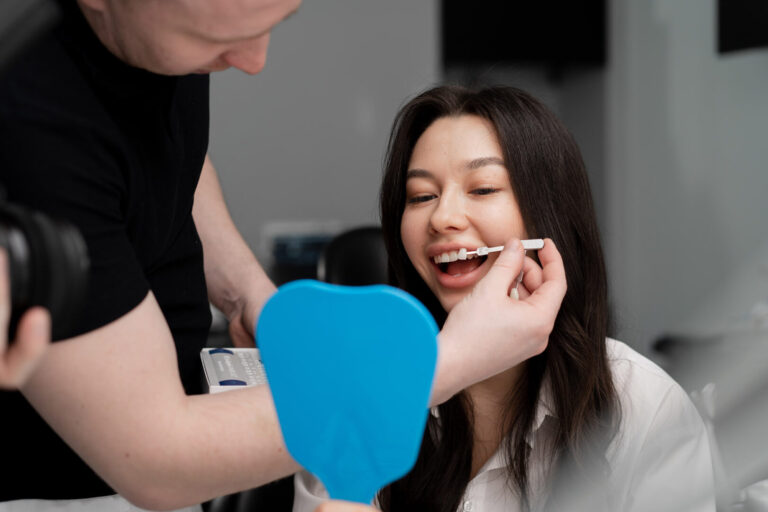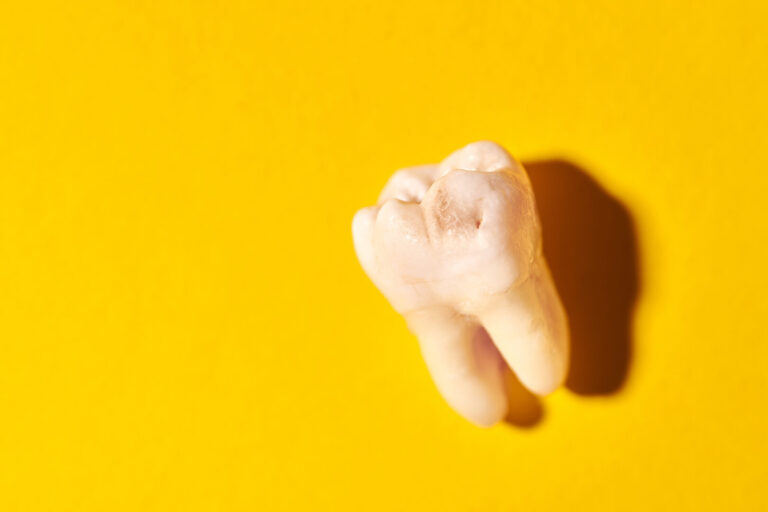Dentistry, like any other medical profession, has been evolving. We may not even realise it, but in recent years, there have been a number of astounding new developments, bringing dentistry into the future. These advanced dental innovations are not just changing how dentists work; they’re revolutionising the entire patient experience, from diagnosis to treatment and even reshaping daily oral care routines. We’ll explore how these cutting-edge technologies are redefining oral care as we know it.
At the forefront of the advanced dental care technological revolution is the TRIOS® 3D scanning system. This groundbreaking technology has transformed how dentists capture images of patients’ teeth and gums. Gone are the days of the traditional impressions. TRIOS® 3D scans instead use advanced optical technology to create highly accurate, three-dimensional digital models of a patient’s mouth.
The benefits of TRIOS® 3D scans are numerous and far-reaching. The digital scans offer unparalleled accuracy, allowing for more precise diagnoses and treatment plans. As the TRIOS® scanner is non-invasive and quick, patients no longer have to endure uncomfortable, gag-inducing impression materials. Dentists can immediately view and manipulate 3D models, making communicating the details of your oral health easier. Even better, these digital scans can be instantly shared with dental labs, speeding up the creation of custom dental appliances. By eliminating the need for physical impressions, TRIOS® 3D scans also make advanced dental clinics more eco-friendly.

We often hear how Artificial Intelligence (AI) is changing our world today. Dentistry is no different with AI making significant inroads in dental diagnostics, offering a level of precision and consistency previously unattainable. AI algorithms can analyse dental X-rays and images to detect oral health issues, from cavities and gum disease to more complex conditions like oral cancer. This technology enables early detection of dental problems, as AI can identify subtle signs the human eye might overlook. And the consistency provided by AI algorithms reduces the variability that can occur with human interpretation. This rapid analysis of dental images allows dentists to focus more on patient care and treatment planning.
3D printing technology has opened up new possibilities for dental prosthetics and orthodontics in advanced dental offices, lucky enough to be equipped with this new technology. 3D printing allows for the creation of highly customised dental implants, crowns, bridges, and even clear aligners. Custom-designed prosthetics ensure a more comfortable and effective fit for patients, while the rapid production significantly reduces the time required to produce dental appliances. By streamlining the production process, 3D printing can make certain treatments more affordable for patients. Additionally, diverse biocompatible materials can cater to different patient needs and preferences.
Laser dentistry has revolutionised many procedures, helping to advance dental surgery and offering a less invasive alternative to traditional dental tools. From cavity preparation to gum reshaping, lasers provide numerous benefits, including less pain during and after procedures. The technology can seal blood vessels and nerve endings during treatment. As you might expect, lasers can target decay with extreme precision. This is especially important because it helps preserve more healthy tooth structure than traditional methods. The precision of laser treatments often results in quicker recovery times, making it an increasingly popular option for every advanced dental centre.

It’s not just the cameras on your phone that are getting better, intraoral cameras have significantly improved, making it easier for dentists to educate patients and plan treatments. These small, pen-sized cameras can capture high-resolution images of the inside of a patient’s mouth, which can be immediately displayed on a screen. Seeing clear images of their own teeth helps patients better understand their oral health issues, while dentists can more easily explain and plan treatments based on these detailed images. High-quality images also provide excellent documentation for treatment progress and insurance purposes.
It’s not only the dentist’s office that’s changing. Your routine benefits from dental advances, like electric toothbrushes and game-changers in personal oral care. These devices have evolved from simple vibrating brushes to sophisticated tools that can track brushing habits, provide real-time feedback, and even connect to smartphones for detailed analysis. Many modern electronic toothbrushes use oscillating-rotating or sonic technology to remove plaque more effectively than manual brushing. Some models include pressure sensors to prevent overly aggressive brushing, while others have multiple brushing modes for different oral care needs.
And it doesn’t stop there. Toothbrushes, too, are going further by incorporating AI and machine learning. These brushes can map the user’s mouth, ensure all areas are adequately cleaned, and provide personalised brushing recommendations. Some models even gamify the brushing experience, making it more engaging for children and adults, perfect for advanced dental family care. Smart devices empower users to control their daily oral care routines better by providing detailed insights into brushing habits and techniques. It’s a perfect way to advance your family’s dental practices, furthering your daily routine and teaching good habits.
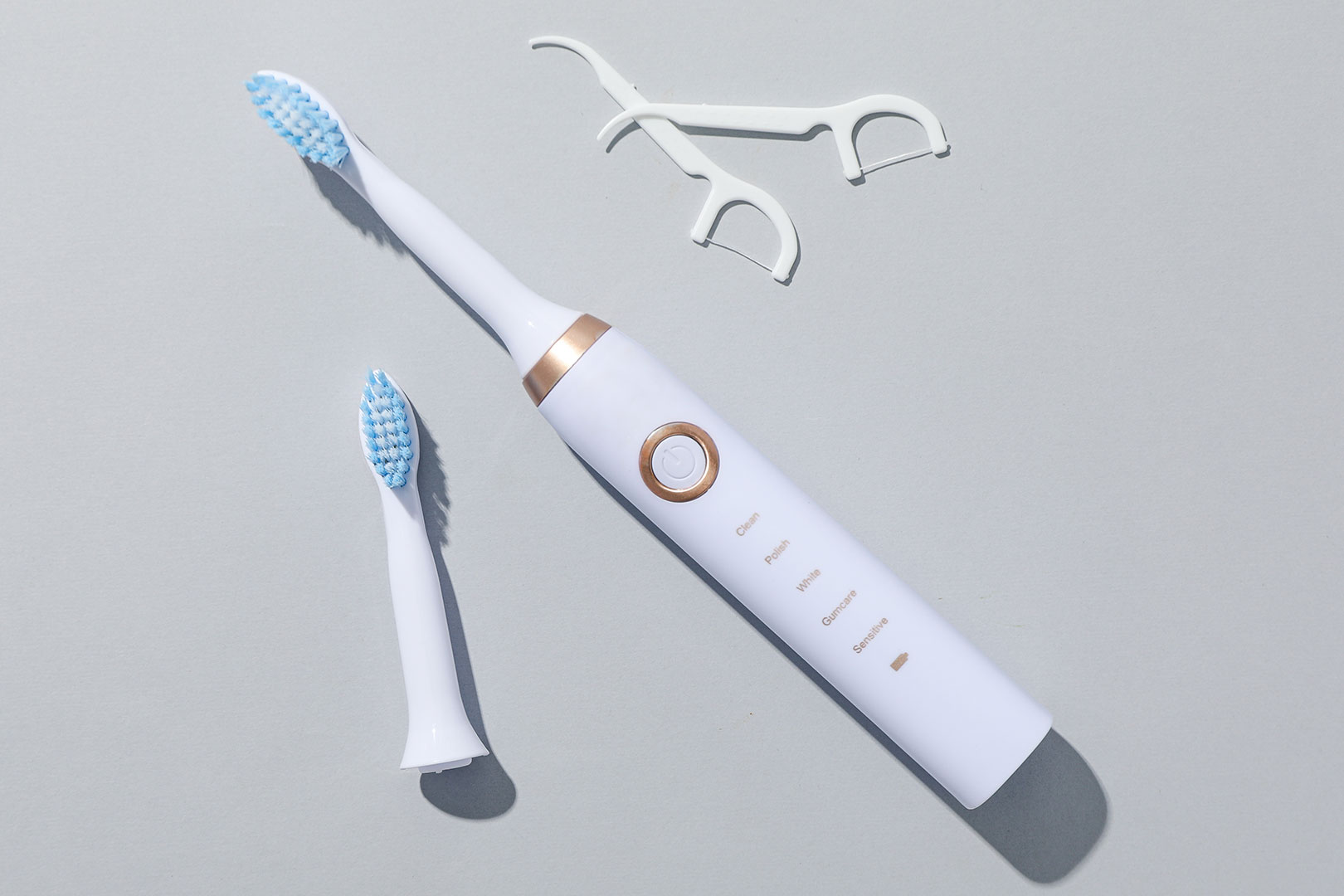
As these technologies evolve, we can look forward to even more exciting developments in oral care. The future of dentistry is here, and it’s digital, precise, and focused on improving the patient experience in every possible way. From the precision of TRIOS® 3D scans to the customisation offered by 3D printing and the daily support provided by smart toothbrushes, these innovations are making dental care more effective, efficient, and patient-friendly than ever before.
With advancements in AI, robotics, and personalised medicine, the next generation of dental care promises to be even more tailored, predictive, and integrated into our daily lives. Technology-bridged synergy between professional dental care and personal oral hygiene is set to create a new paradigm in maintaining optimal oral health.

